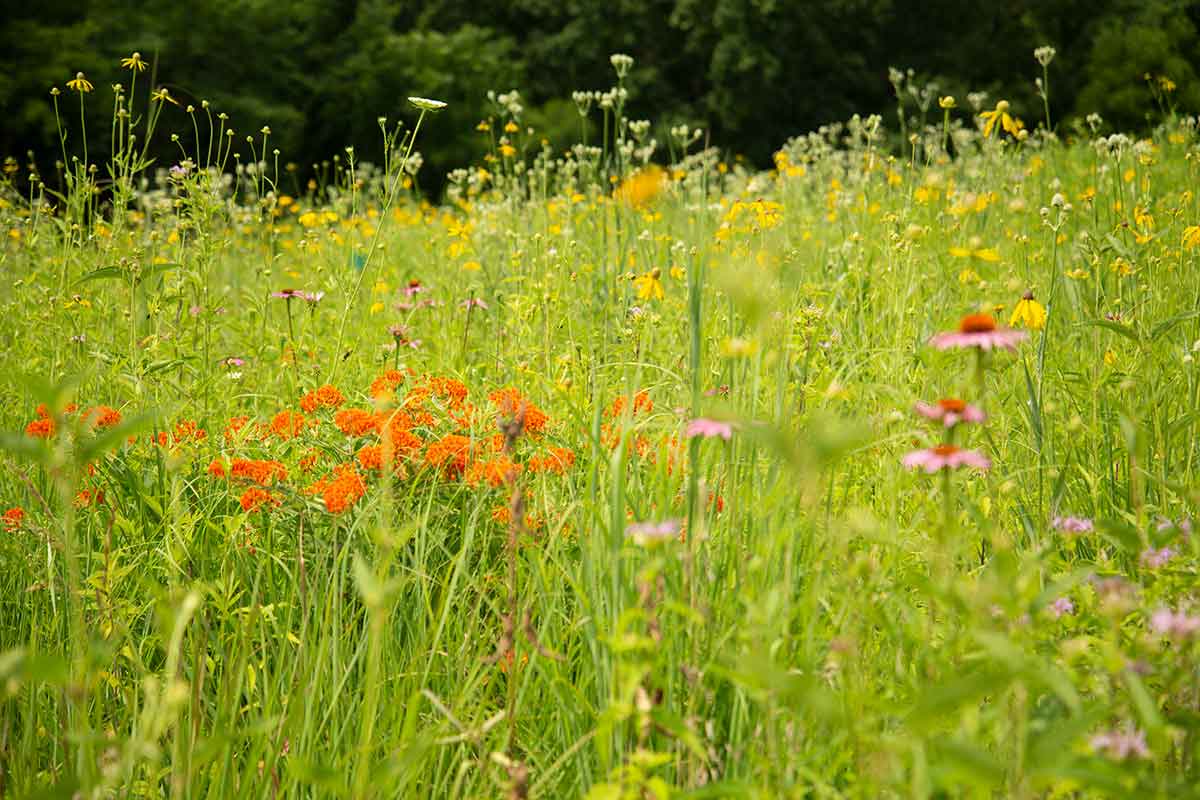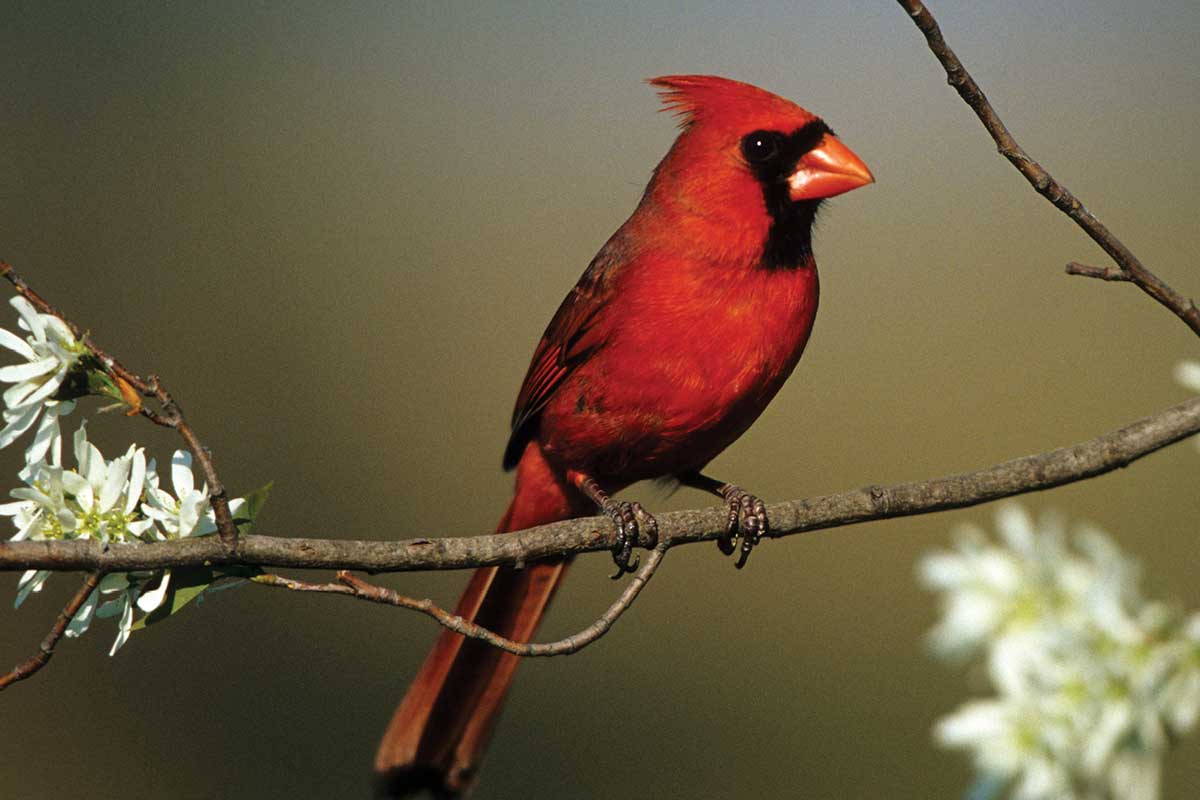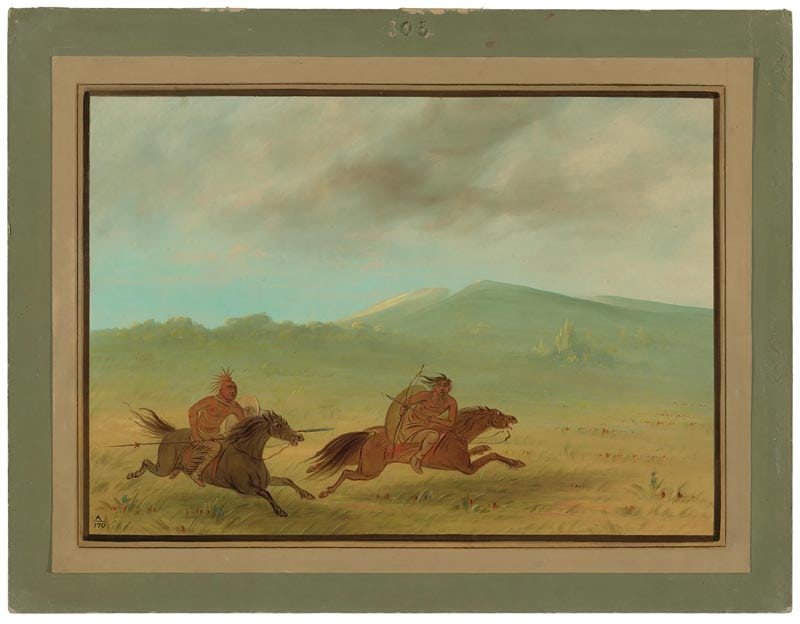Linda Hezel is good at finding things in the dirt. It started when she was a child. She grew up on a small farm near St. Louis with parents who were growers; eating garden-to-table was a nightly occurrence. One of her favorite childhood food memories is walking barefoot around the garden, saltshaker in hand, plucking warm tomatoes from the vine and savoring their fresh-from-the-earth flavor.
Now in her sixties, Linda runs Prairie Birthday Farm, a fifteen-acre homestead in Kearney, about a half-hour drive from downtown Kansas City. There, Linda grows more than 150 native and cultivated plants, including edible and decorative flowers, fruits, vegetables, and herbs. Some of them are recognizable—there’s arugula, plums, pea shoots, tomatoes, and several kinds of mint.

But the majority of her collection skews toward plants that are lesser known, forgotten, or unpopular: chickweed, lovage, wild persimmons, hyssop, dandelions, and papaw.
“To most people, they are weeds,” Linda says with a laugh. Hers is a wild farm, governed by organization that is imperceptible to most. There are no neat rows here. There is a brick house surrounded by different patches of greenery: a wildflower field, dozens of fruit trees, fourteen raised garden beds, trellises with creeping vines, spots of herbs growing along the fence that contains her ducks and chickens. At the height of summer, it makes for a pretty scene.

“I have a lot of chaos,” Linda says, looking fondly across her patchwork farm. “Nature’s order, I’ll call it that. Not my order.”
Linda and her husband purchased the land that would become Prairie Birthday Farm in 1993. When Linda took it over, she began restoring the farm to a semblance of the native prairie that once covered much of the state.
“One of the major goals was to grow fruit trees without spraying because pretty much everyone uses sprays. Even organics are often sprayed with approved pesticides,” she says.
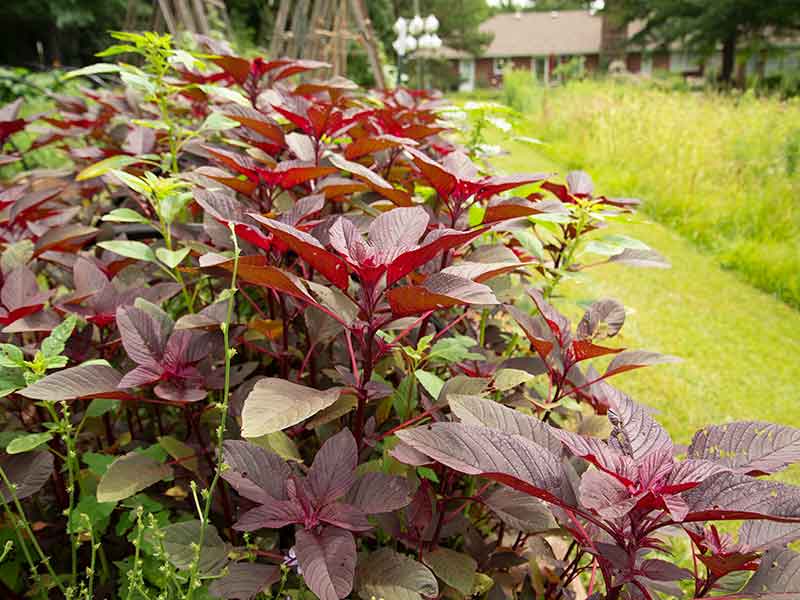
The results of Linda’s experimentation have varied. It took several years to figure out how to keep her peach trees alive and to get their fruit before the insects did. Today, she sprays them with a natural kaolin clay, the same clay used in cosmetics, and it forms a physical barrier on the fruit so that insects can’t penetrate it and lay eggs. The clay comes off with water, which means every time it rains, Linda must reapply. Still, she’s got pesticide-free fruit, which is rare.
“I also don’t expect an artificially perfect fruit, and neither do my buyers,” Linda says. “I prep them for that reality, and once they taste how flavorful everything is, it’s okay if they have natural blemishes.”

Linda is delighted when she recites the number of self-sowing perennials and annuals that have taken root at her farm.
“Plants move around a lot,” she says. “I think the big surprise is how much plants will teach if you listen.”

Linda is a farm steward. That’s the title she gives herself on her website. But she has also been a certified family nurse practitioner with a master’s degree in community health nursing and a doctorate in curriculum and instruction. To Linda, it was a natural progression.
“Community health nursing takes a holistic view,” Linda explains. “When I was practicing, my work was around educating people to eat right, to take care of themselves, to prevent disease. I found that teaching people how to eat and grow great food is a fundamental nursing practice. Eat right to stay well—don’t wait until you get sick to get well. That’s still my philosophy. I consider plants as health, and plants, or whole nutrition, help us stay well.”
Linda and her husband decided when they had kids that she would be the full-time parent. “That took me back full circle to make sure we ate right as a family. I wanted to feed the family nutritious, unadulterated food free of synthetic input. From my research, I know that contaminants in our food can translate into diseases or symptoms of adverse health consequences. The links to cancer, cardiovascular disease, asthma, are everywhere.”
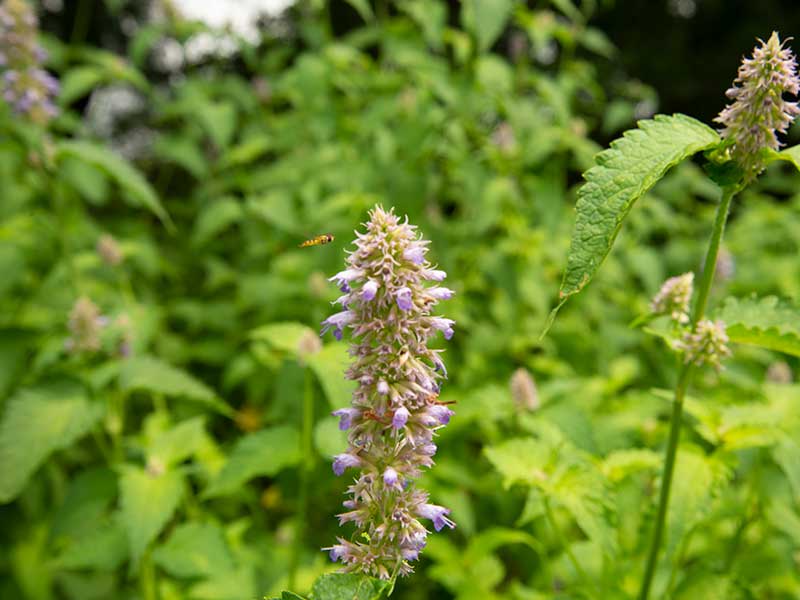
Growing food and being at home full-time allowed Linda to morph her passion for eating well into a business. She had two sons, and as they grew up, Linda began sharing her harvest broadly. In 2003, she received her first restaurant order; seventeen years later, she works with Kansas City’s top chefs, filling kitchens throughout the metro with the wild and
wonderful species she cultivates.
“I think what’s especially unique about what Linda does is that there’s such a sense of place when it comes to her ingredients—so many are native to Missouri and this area,” says Michael Corvino, chef and co-owner of Corvino Supper Club and Tasting Room in Kansas City. “Half of what she does is farming and planting, and then there’s an area of her land where she’s just experimenting and letting things grow wild. That’s fascinating.”

Michael recalls the wild plums that are native to Missouri. When he received those from Linda, he salted them with shiso and made a Japanese-style condiment. “Things like that are really fun, and I’ve discovered a lot of things like that through Linda,” Michael says. “There is a thoughtfulness that goes into everything she does.
She researches all the information and history about all these plants, and there’s always a really fantastic dialogue that comes with Linda and her ingredients.” Linda’s offerings are seasonally limited: Papaw, a native Missouri fruit similar to a mango, is only available in August; wild persimmon has just a two-week window.
Add that to the unfamiliar-sounding ingredients, and Linda recognizes how chefs and home cooks can fi nd cooking with native plants and edible weeds both challenging and inspiring.
“Finding people who have the time and inclination and interest to explore food to that depth is a little challenging,” she admits. “It does require more from the eater. It’s not just space, it’s engagement.”
Samplers

As Linda walks her farm, she pauses every few feet, identifying a plant, encouraging a guest to taste a leaf here, a bud there, including light and citrusy lemon verbena, pleasantly grassy chickweed, dittany (similar to oregano), bitter and peppery horseradish leaves, bronze fennel (like sweet black licorice), and dozens more blooms and plants. This is just a hint at what you might find in Prairie Birthday Farm samplers, something Linda began after the quarantine. For $30, she’ll gather a collection of produce, fruit, nuts, herbs, and greens, whatever happens to look good and be ready for buyers to pick up from her farm by arrangement and without contact. Try a salad with layers of wild spinach (also known as lambs quarter or goose- foot), lemon balm, pea tendrils, fresh sorrel, cilantro, mint, French tarragon, and spiderwort blooms, which frequently re-bloom in the fall. “There’s a real connection between soil and growing food and our mental and physical health,” Linda says. “In part, that’s why people are turning to growing food in these really stressful times—because nature is really healing.”
Foraging Tips

All you need to begin foraging, Linda says, is a backyard. “I want to empower and inspire people to do more of their own food growing and foraging in their yard.”
- Positively identify plants to avoid accidentally eating anything poisonous.
- Start out with small tastes of plants new to you in case of allergies.
- The new and youngest leaves will usually be the most tender and flavorful.
- Eat with the seasons.
- This fall, look for purslane, young and tender dandelion leaves, and after rains, chickweed and purple dead nettle for salads. Wilt them like you would spinach.
- Grab a handful of greens, wilt with butter, crack an egg over the top, and add salt and pepper. Or try tossing the raw greens in a salad, cutting them up, and adding them to rice or throwing them on top of a frozen pizza

Related Posts
Missouri’s Native Flowering Trees
Missouri blooms in spring with native trees showing off their glories. Consider adding our native trees to your own landscape. They frequently have the advantage of requiring less water and lower maintenance, and they provide food for wildlife.
10 Books on Missouri’s Native American History
Looking for more reading on the Osage and Missouria tribes? Parts 2 and 3 of our special series are forthcoming in September and October, but in the mean time we highly recommend this selection of books that cover the subject.
Get Familiar With Wood Products Made From Native Trees
Fresh from the family farm, Cedar Creek Hardwoods is bringing the beauty of Missouri native wood to those who want to capture that Show-Me style in their own personal way.



